Swelling After Rhinoplasty: Reduction Tips & Timeline
Facial Plastic Surgery
Rhinoplasty, also known as a nose job, is a major operation that involves unpleasant complications and requires special post-op care. Although a lot of pain and discomfort subsides within a few weeks after the surgery, some complications, such as swelling and a change in the sensation of the nose, may last a bit longer. This article guides you through how to get rid of swelling after rhinoplasty and answers some of your questions.

Types of Swelling After Rhinoplasty
You will generally experience two types of swelling after rhinoplasty: immediate inflammation, the body's natural reaction to the surgery, and long-term swelling related to fluid accumulation in the surgical site.
The immediate swelling happens right after the operation and is accompanied by pain and bruising, but fortunately, most of it subsides within two weeks. On the other hand, long-term swelling after rhinoplasty doesn't cause pain or skin discoloration, but it may affect the shape of the nose for up to one year.
Face Swelling after Rhinoplasty
It is normal to have facial swelling and bruising after rhinoplasty; this is a positive sign showing your wounds are healing properly. However, face swelling and puffiness can sometimes be painful and bothersome. To reduce the swelling in your face, apply a cold compress, drink plenty of fluid, and elevate your head when sleeping.
How to Reduce Swelling After Rhinoplasty?
Swelling is the inevitable complication of rhinoplasty, but you can manage it by considering the following tips:
- Choose a qualified and reputable surgeon. Your surgeon's technique can significantly affect the postoperative swelling, so choosing an up-to-date and knowledgeable surgeon can help you have a more comfortable recovery period and less nose job swelling.
- Choose a reliable clinic or hospital. Getting a nose job in a creditable and well-equipped hospital is key to achieving desirable results because this operation requires precise and high-quality surgical instruments.
- Apply cold compress on the surgical site. Putting an ice pack on the surgical site thrice a week minimizes the initial swelling and bruising. The best way to ice the operated part is to wrap an ice bag with a clean towel and apply it to the swelled area. Be careful not to apply pressure on the sutures and damaged tissue, as it may increase the risk of bleeding, ice burn, and suture rupture.
- Keep your head elevated while sleeping. Putting two pillows under your head when sleeping is suggested to reduce swelling after rhinoplasty. Moreover, you must refrain from sleeping on your side and belly for at least ten days.
Be careful of what you eat and drink. During the rhinoplasty recovery period, you should reduce sodium intake to minimize fluid retention. Also, drink plenty of water or fresh juice to stay hydrated. Keep in mind that caffeinated or alcoholic beverages can make your body dehydrated, so you need to cut them out for as long as you are healing. If you want to know more about the best foods after a nose job to prevent swelling, don't miss Raadina Health (diet after rhinoplasty) article.
- Avoid strenuous activities for at least six weeks. Doing heavy exercises and chores increases the blood flow in the face and heightens the swelling after rhinoplasty. Also, you should take two weeks off if your job involves physical activities.
- Avoid heat. Sunbathing, taking long showers with hot water, and using hot tubs are prohibited during the nose job recovered as the steam worsens the swelling.
- Avoid taking blood thinners as they impair the healing process and increase the risk of more bleeding and swelling after rhinoplasty.
- Avoid sneezing and coughing. Although sneezing and coughing are sometimes unavoidable, you should avoid anything that triggers your nose and lungs, such as allergens, smoking, dust, and other airborne irritants.
Factors Affecting Nose Job Swelling
Three main factors cause and worsen nose job swelling, including:
Technique and extent of the surgery
In rhinoplasty, the surgeon makes small incisions on and around the nose to lift the nasal skin and have more access to its internal structure. The number of cuts and the way the nasal skin is elevated can highly affect how much long-term swelling you will have after the operation.
Also, the extent of changes made in the nose can impact postoperative swelling and bruising. If the surgeon reshapes the nose drastically, it takes more time for the skin to adapt to the new contour, and that's when the fluid accumulates under the skin and causes inflammation.
The thickness of the skin
The thicker the nasal skin, the higher the degree of swelling. People with thicker skin may develop scar tissue under their skin, resulting in prolonged swelling.
Lifestyle and diet
A healthy post-op diet rich in protein, minerals, and fiber can help your body heal damaged tissues faster and reduce swelling in a shorter period. People who frequently have fast foods and other sodium-rich dishes experience twice as much swelling than people who have a balanced diet after a nose job. Also, reducing salt intake, drinking at least six glasses of water daily, avoiding caffeinated beverages, and quitting smoking can speed up recovery.
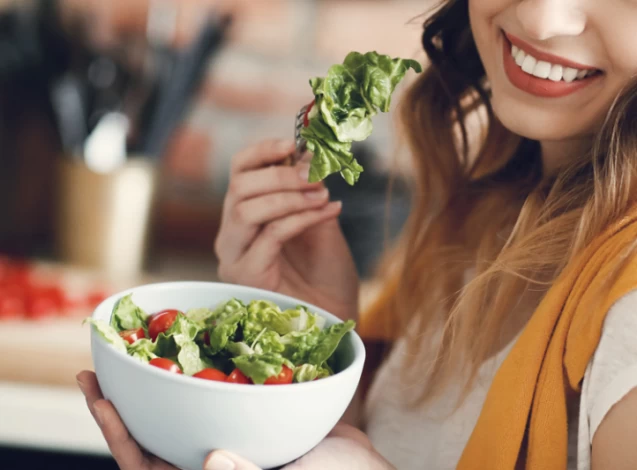
Nose Job Swelling Timeline
The first week
Right after the nose job, your healthcare provider will insert two splints in your nostrils to control the bleeding and reduce the swelling. The swelling peaks during the first week following the surgery, so remember that what you see during this time is not the final result of your operation.
The second week
In week two, most of your swelling will subside after the nose job, and you can resume your daily activities. Your surgeon may ask you to put a cold compress around your surgical site to minimize the swelling and bruising.
The third and fourth weeks
Generally, up to 90% of nasal swelling must be resolved during the third and fourth weeks after the operation. At this time, you can almost see what your nose will look like for the rest of your life, but you should still wait for the rest of the swelling to go down.
The fifth week and beyond
The swelling will be less noticeable from the first month onwards, and the residual inflammation will subside faster. Also, the cartilage or bone graft will conform to its new position, and the nasal tip will be fixed. It is worth mentioning that it takes almost a year for all of the swellings to be gone and for the outcomes of your rhinoplasty to be fully revealed; so, if you intend to get revision rhinoplasty, you should wait until 12-18 months after your primary surgery so that your surgeon can alter a fully-healed nose.

What to Eat after Rhinoplasty to Reduce Swelling?
The best food regimen after rhinoplasty is the Mediterranean diet, which includes lots of protein and a small amount of sodium. To reduce postoperative inflammation, eat a balanced amount of carbohydrates and protein daily, stay hydrated all day, avoid too much caffeine and alcohol, and have more fresh fruits such as pineapple, papaya, and peach. Also, refrain from having chewy dishes such as steak and chicken breast for a couple of weeks following the surgery, as the jaw movement increases the swelling after rhinoplasty.
How Much Is Swelling Normal After Rhinoplasty?
The swelling you face after a nose job depends on the technique and extent of your operation. All patients experience moderate to severe swelling during the first week after the surgery, especially on days three to five. But, most swelling should be subsided within a month following the operation; therefore, if your swelling is gradually increasing or is not healing correctly, contact your doctor and get a checkup. Suppose the cause of your chronic swelling is not an infection or other medical issues such as nasal congestion and sinusitis. In that case, your doctor will suggest you take medications or get a special nasal massage.
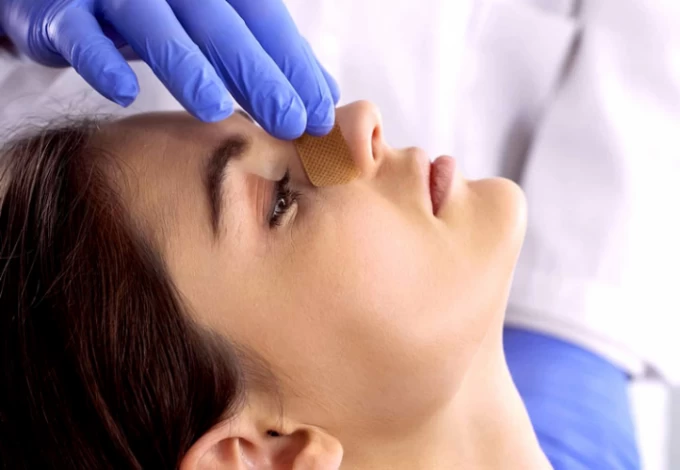
How Long Will Swelling Last After Rhinoplasty?
Each body reacts uniquely to rhinoplasty; it is hard to define an exact timeline for when the swelling goes down. In most cases, more than 90% of nose swelling subsides within one to three months, and the remaining 10% decreases gradually in the next six to nine months. All in all, you should wait at least a year to see the actual results of your operation, especially if you have had open rhinoplasty.
Swelling After Revision Rhinoplasty
Revision rhinoplasty is a major operation in which the structure and function of the nose are restored after the first nose job. Since this operation is done on scarred tissue, the nose's healing takes longer. So, you should expect the swelling to last up to two years after this surgery.
After the revision nose job, you can use postoperative care for the initial rhinoplasty to speed up the healing process. Using cold compress, getting steroid shots, and taking natural supplements such as arnica and bromelain can help you get rid of nose swelling faster.
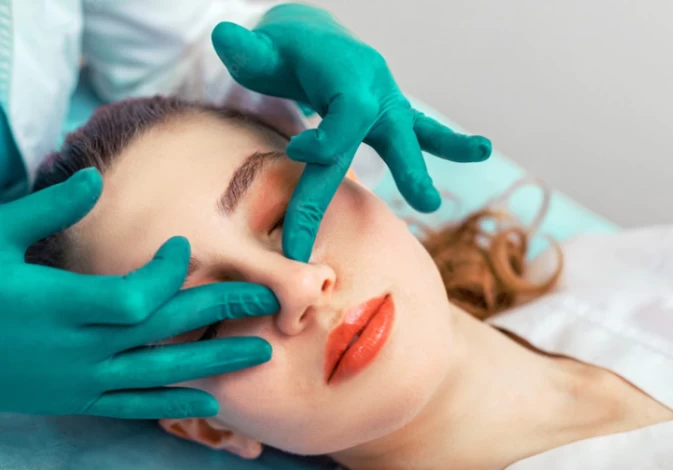
Nose Tip Swelling After Rhinoplasty
The nose tip swells more than other face parts after a nose job. This is because the nasal tip is located on a cartilaginous tissue and consists of soft tissue and thick skin; therefore, its skin conforms to the new contour slower and causes swelling. So, make a mental note that the bulb-shaped or upturned nasal tip you see on the first days after the surgery is not the actual shape of your nose. As time passes, the swelling decreases, and the tip returns to its normal position.
Does Swelling after Rhinoplasty Cause Breathing Difficulty?
For about four weeks after rhinoplasty, the nostrils and internal tissues of the nose are swollen, making it difficult to breathe through the nose properly. The nasal swelling usually subsides within four weeks, and the air passageways get open once again. If a month has passed from your nose job and you cannot breathe properly, something else is blocking your nostrils, such as dried blood, mucus, a suture, a keloid scar, or abnormal tissue. The best way to remove nasal congestion is by using saline nasal spray and serum. Reducing sodium intake, avoiding tobacco products, and refraining from strenuous activities can also help get rid of rhinoplasty swelling faster.
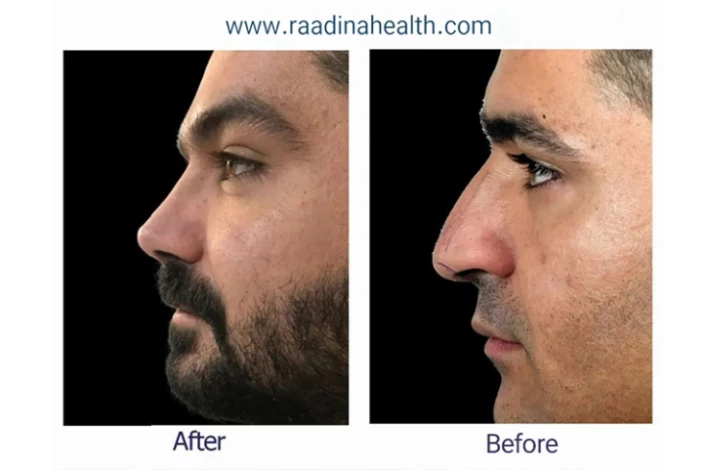
FAQs About Rhinoplasty Swelling
1) Is my face normally swollen after a nose job?
Swelling is normal after rhinoplasty to an extent, but it can become alarming and should be reported to your surgeon when the swelling is severe and does not show any signs of improvement over time. The swelling causes significant pain or fever.
2) How can I get rid of rhinoplasty swelling faster?
It would be best if you were patient with rhinoplasty swelling, as it takes time for the body to restore the damaged tissues, vessels, and nerves. But you can eliminate nose job inflammation by keeping your head higher than your shoulder when sleeping, icing the operated area, and maintaining a healthy lifestyle.
3) Does massaging help with swelling after rhinoplasty?
Once the nonabsorbable sutures are removed from the nose, you can massage your operated area to help the swelling subside faster and improve your nose's shape. The nasal massage should be done gently and circularly around the nose.
4) What can I eat to reduce swelling after rhinoplasty?
The best diet after rhinoplasty is the Mediterranean one, which consists of a balanced amount of protein and carbohydrates. Also, drinking six glasses of water helps your body minimize the swelling after rhinoplasty faster.
5) How to reduce eye swelling after rhinoplasty?
Swelling and bruising around the eyes and forehead are normal and quite common after the nose job. Usually, the inflammation subsides within ten days, but you can speed up the healing process by putting cold compress and gel bags on your eyes. When using ice packs, be careful not to hurt your nose.
6) What supplements reduce swelling after rhinoplasty?
All supplements containing bromelain, arnica, vitamin C, vitamin K, vitamin A, Zinc, and quercetin help reduce nasal inflammation after rhinoplasty.
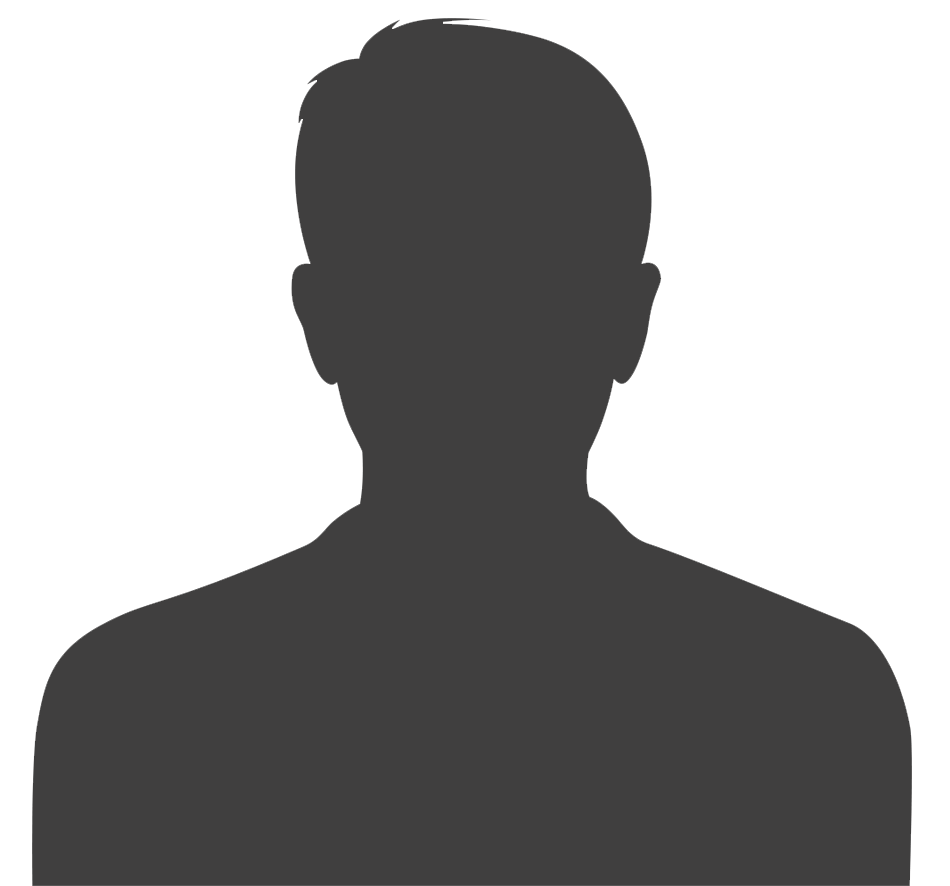



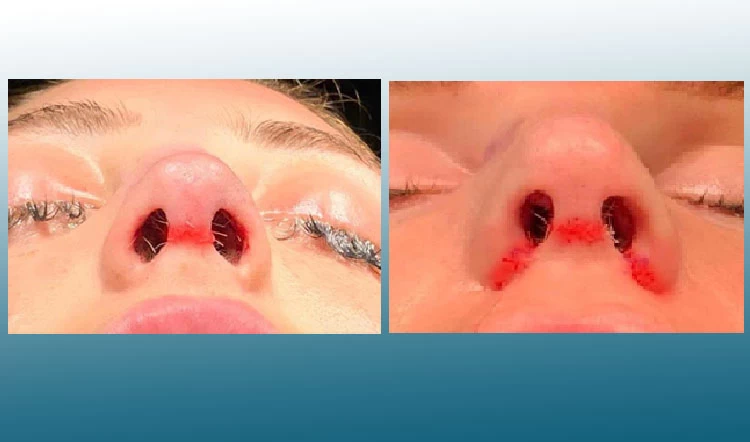

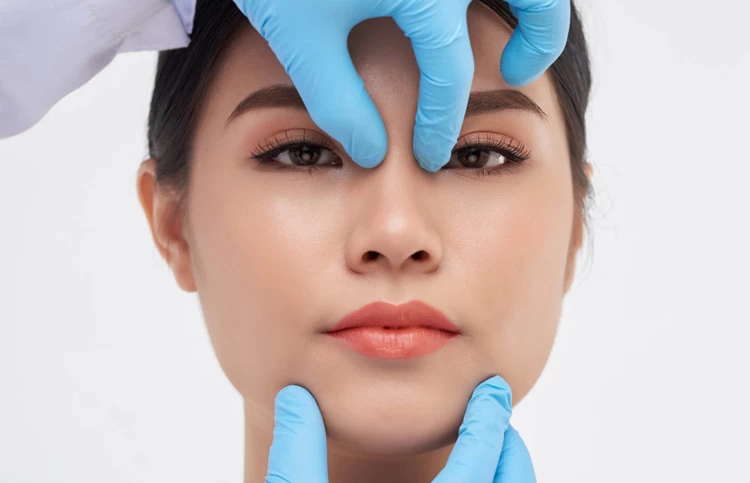
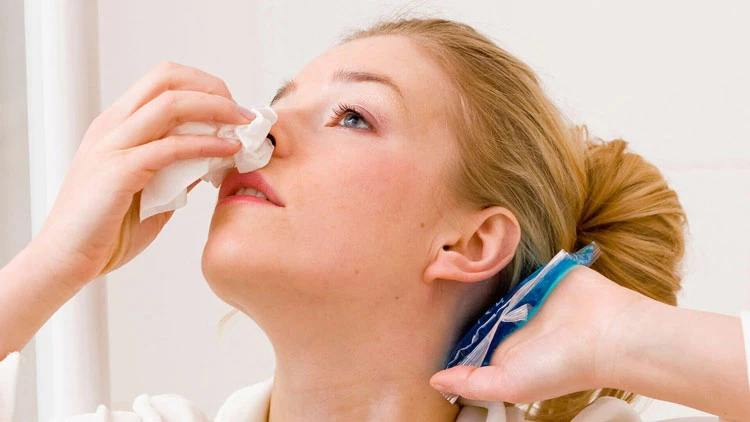
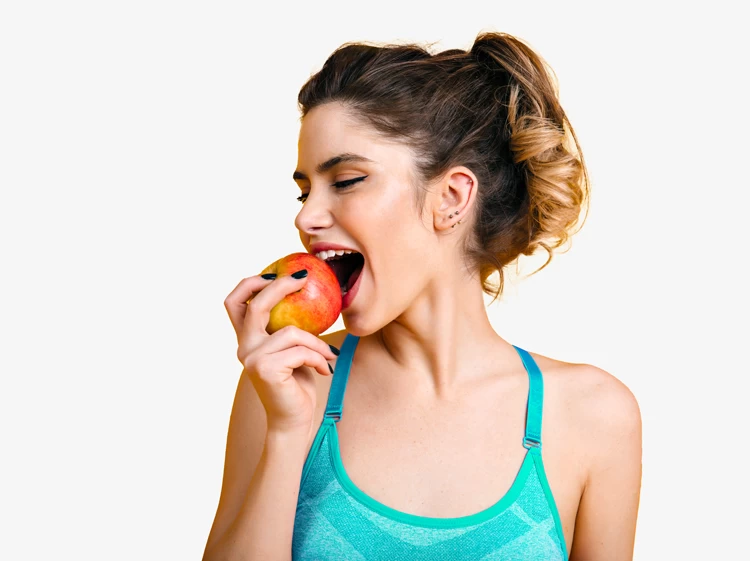

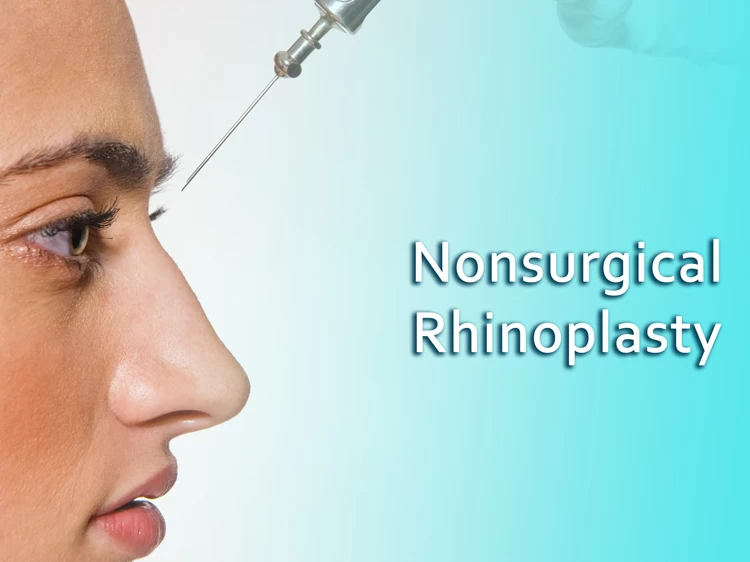

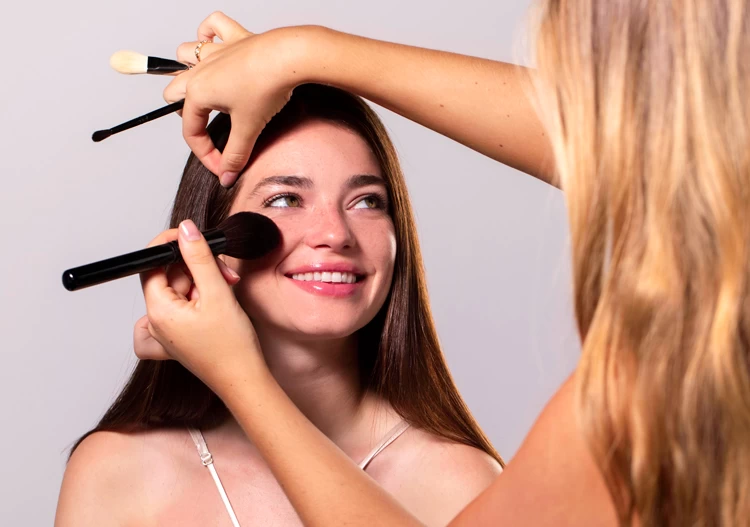
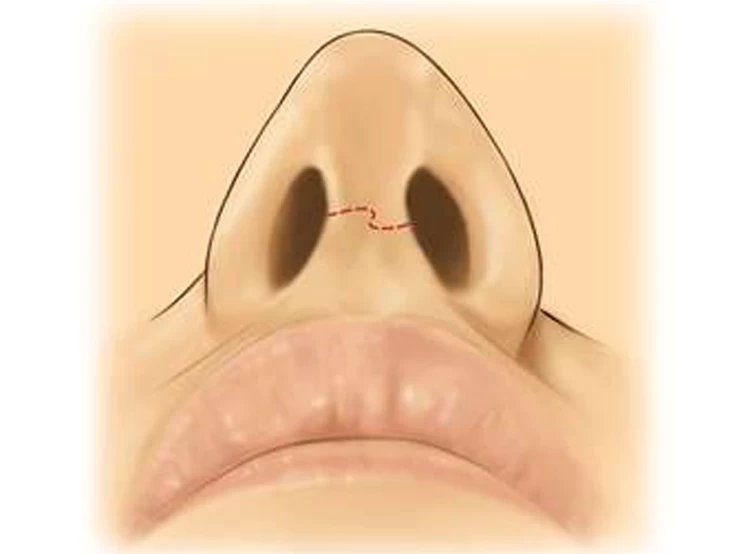
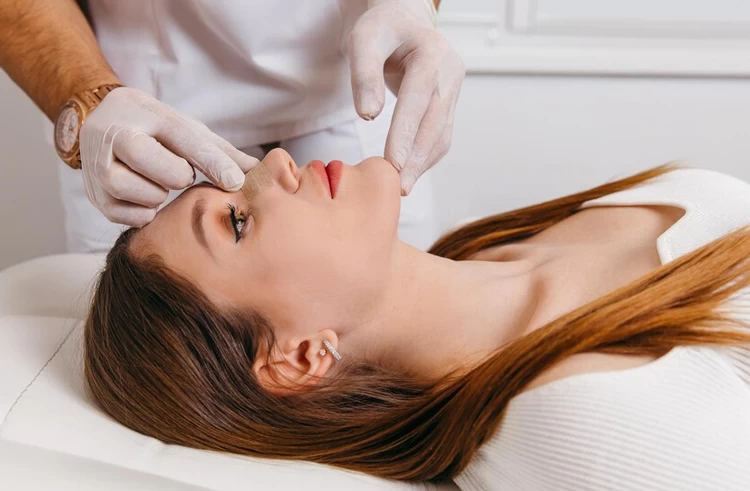

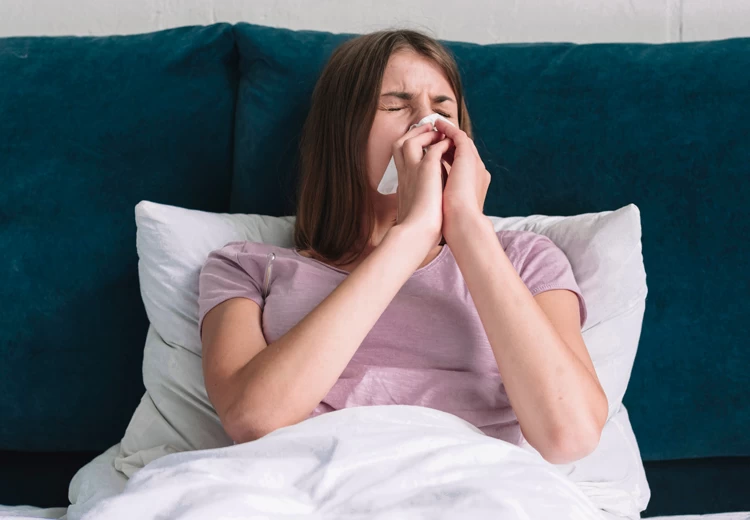
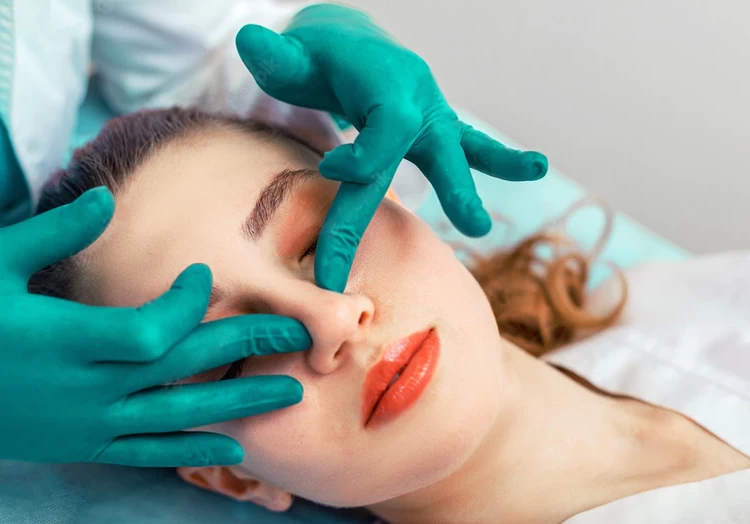
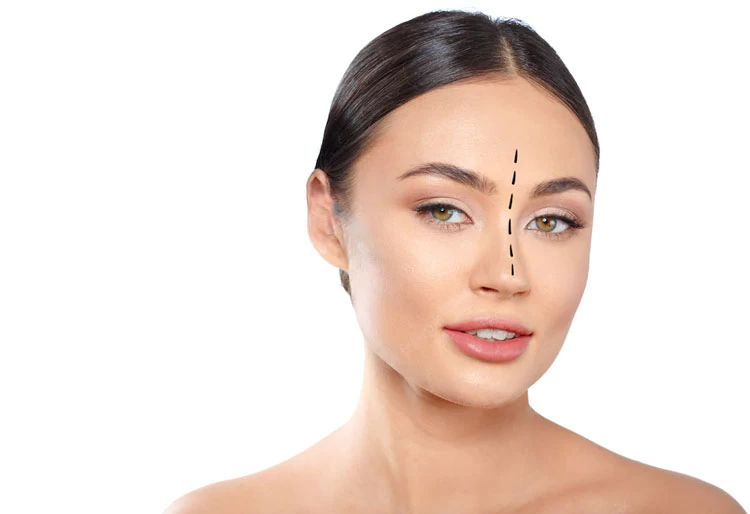


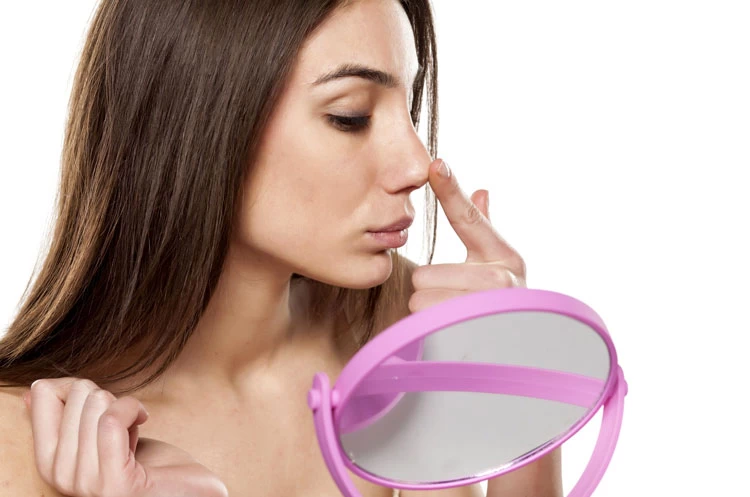
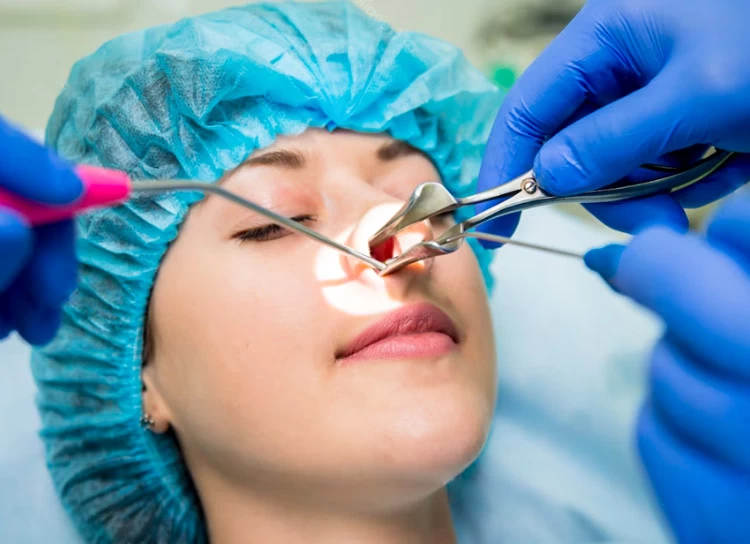

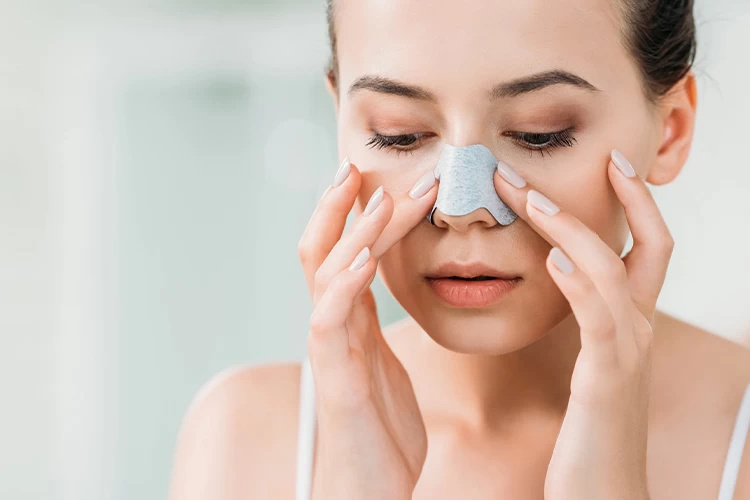
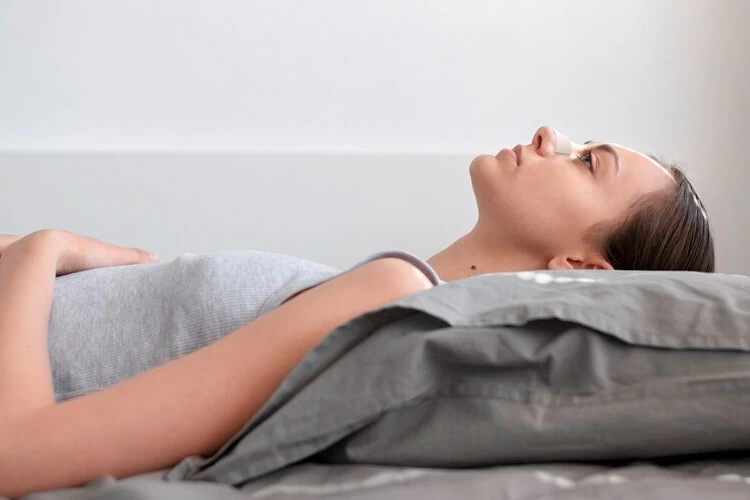

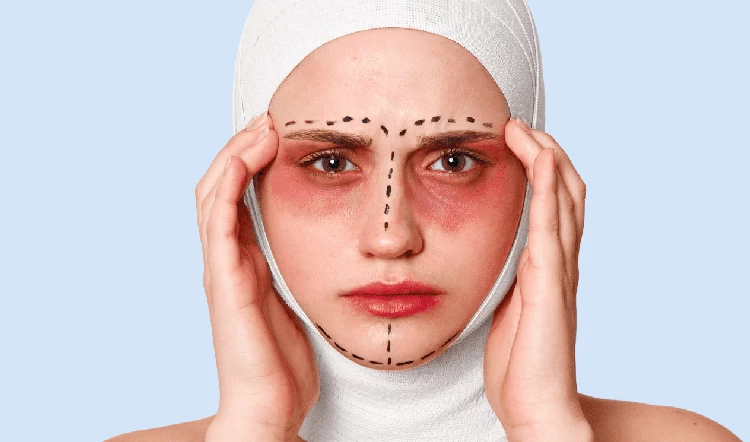
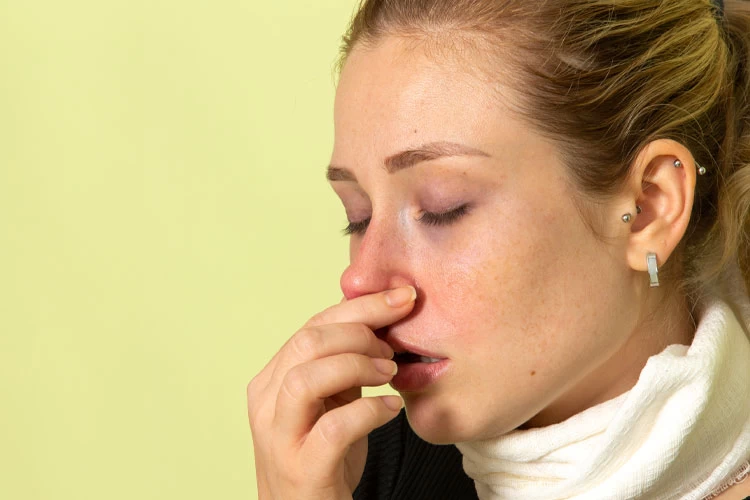
No reviews
Your comment